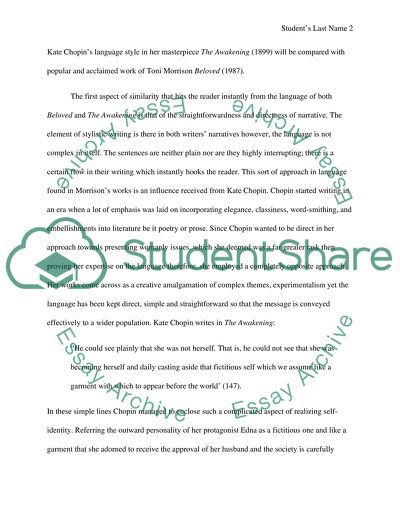Cite this document
(“Toni Morrison's Beloved Essay Example | Topics and Well Written Essays - 2500 words”, n.d.)
Retrieved from https://studentshare.org/literature/1495785-toni-morrison-s-beloved
Retrieved from https://studentshare.org/literature/1495785-toni-morrison-s-beloved
(Toni Morrison'S Beloved Essay Example | Topics and Well Written Essays - 2500 Words)
https://studentshare.org/literature/1495785-toni-morrison-s-beloved.
https://studentshare.org/literature/1495785-toni-morrison-s-beloved.
“Toni Morrison'S Beloved Essay Example | Topics and Well Written Essays - 2500 Words”, n.d. https://studentshare.org/literature/1495785-toni-morrison-s-beloved.


